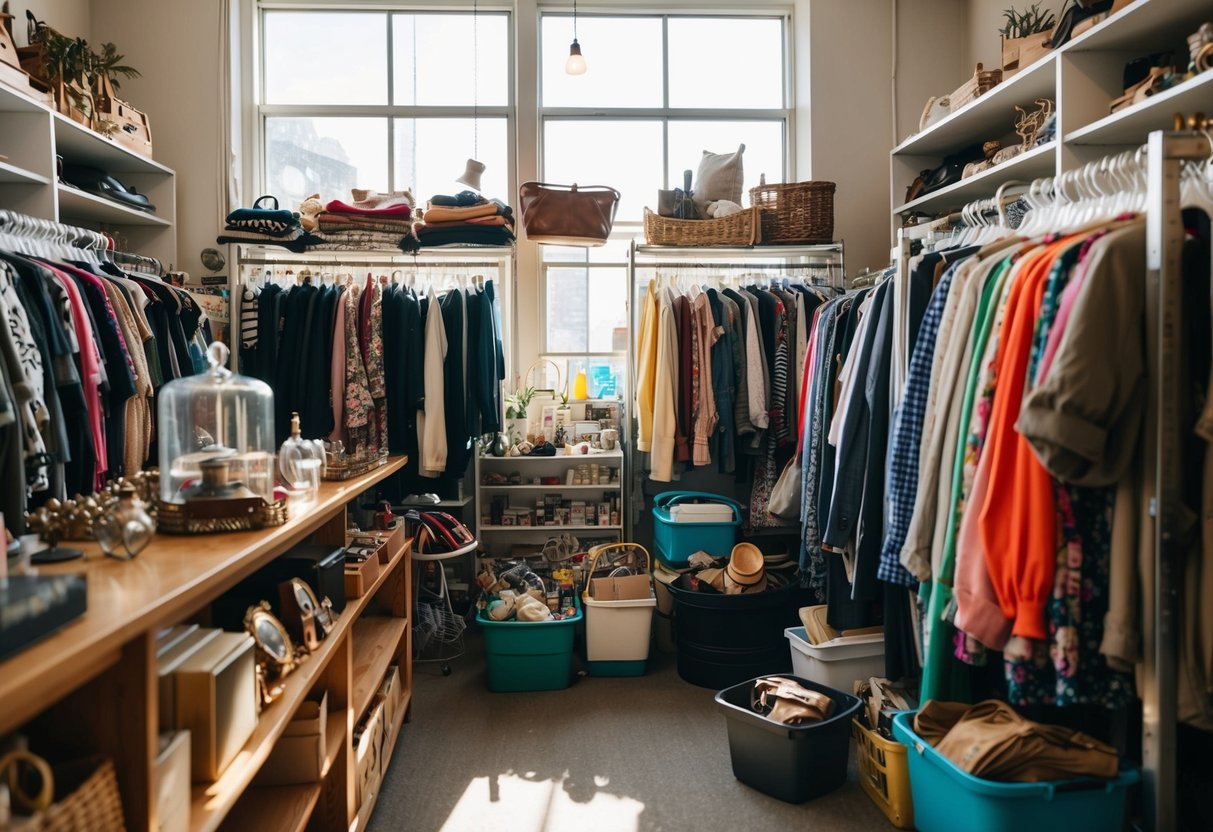Thrift Store Gold: Finding Hidden Treasures on a Budget
Exploring thrift stores can lead to finding unique and valuable items at a fraction of their original price. Thrift shopping appeals to many as it combines the thrill of the hunt with the satisfaction of saving money. With an array of clothing, furniture, and collectibles, each visit could unveil hidden gems that transform into personal treasures.
For those on a budget, thrift stores provide an avenue to express creativity and style without breaking the bank. The diverse offerings allow individuals to experiment with vintage and contemporary fashion, often discovering rare pieces that cannot be found in mainstream retail. This fosters a sense of individuality and personal expression while maintaining financial responsibility.
Thrift store shopping requires patience and an eye for detail. With some practice, anyone can develop the skills needed to identify high-quality items and assess their potential value. Spending time in these stores not only supports sustainable shopping practices but also presents an opportunity to uncover items with a unique history and character.
The Allure of Thrift Stores
Thrift stores offer a unique shopping experience where budget-conscious individuals can discover one-of-a-kind items. From vintage clothing to modern home decor, these shops provide an avenue for exploring a wide range of affordable treasures.
Understanding the Thrift Store Model
Thrift stores operate by selling donated items, allowing shoppers to find goods at reduced prices. These establishments often support charitable organizations by donating a portion of their profits or directly aiding community initiatives.
Shoppers appreciate thrift stores for their cost-effective options compared to traditional retail outlets. Bargain hunters enjoy the thrill of never knowing what they might find, making each visit an adventure. The model promotes sustainability by extending the lifecycle of items, reducing waste, and lowering demand for new products.
Unlike conventional stores, thrift shops rely on a constantly changing inventory, creating a fresh experience on each visit. This unpredictable nature appeals to those who enjoy the spontaneity of discovering unexpected gems.
Vintage vs. Modern Treasures
Thrift stores house a diverse mix of vintage and modern items. Vintage treasures attract individuals seeking nostalgic pieces with historical significance or unique stories. Clothing, furniture, and accessories from bygone eras often possess craftsmanship and style rare in today’s mass-produced goods.
On the other hand, modern items found in thrift stores include contemporary fashion and current household items at a fraction of their original cost. These pieces provide practical alternatives to retail purchases and often include barely-used or even brand-new items.
The variety found in thrift stores allows shoppers to blend vintage charm with modern convenience in their wardrobes and homes. Whether searching for classic or contemporary goods, thrift stores offer something for everyone.
Preparation for Thrift Shopping

Thrift shopping presents opportunities for cost-effective and unique finds. Proper preparation enhances the experience and increases the chances of success. Understanding the best strategies for planning, as well as deciding on what to bring, is essential for making the most out of thrift shop visits.
Research and Planning
A successful thrift shopping trip starts with thorough research. Investigating local thrift shops’ reputations can provide valuable insights into which stores offer the best selection. Geolocation data can help pinpoint nearby stores and provide information on their operating hours. By checking customer reviews and search data, potential shoppers can gain an idea of each shop’s inventory and pricing trends.
Developing a strategy based on specific interests, such as vintage clothing or home décor, allows shoppers to prioritize which stores to visit. It can be useful to create a list of desired items to help focus the shopping trip. By setting expectations and having a clear plan, the experience becomes more efficient, and the likelihood of uncovering hidden treasures increases.


